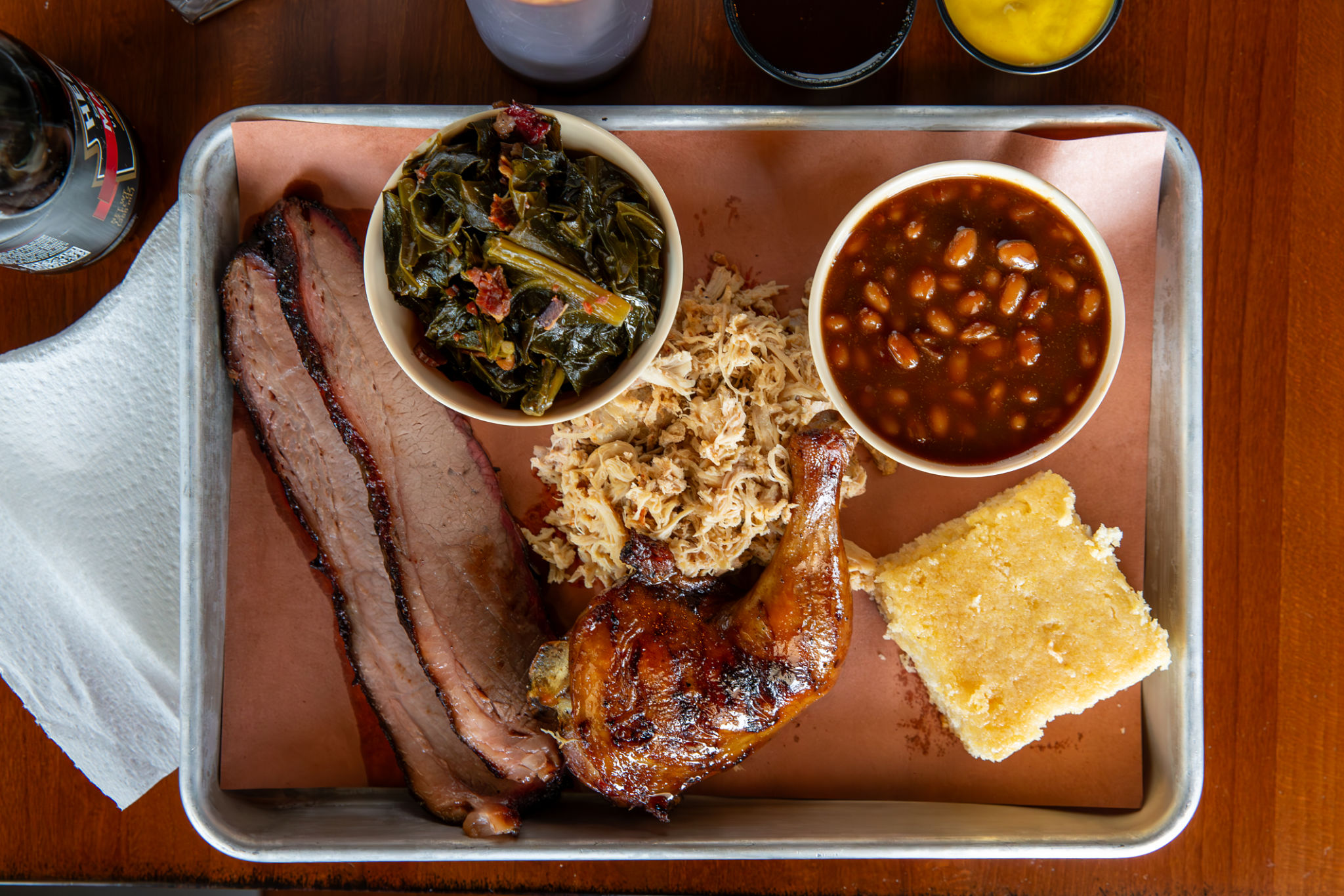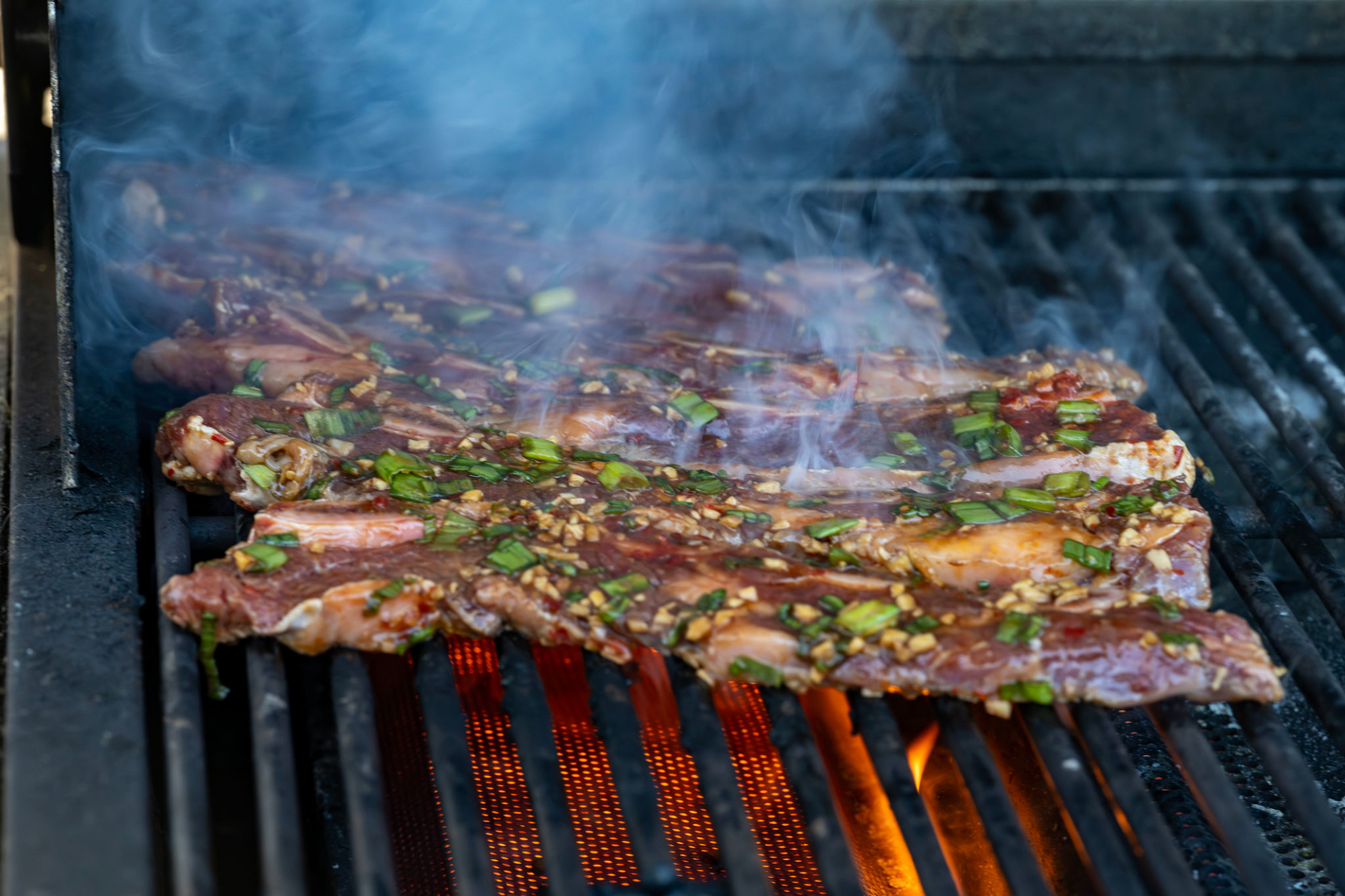The Art of Rolling Ribs: Secrets to Authentic Texas Barbecue
Introduction to Texas Barbecue
When it comes to barbecue, Texas stands out as a beacon of flavor and tradition. The Lone Star State has mastered the art of grilling, and among its most celebrated offerings are the legendary smoked ribs. Known for their perfect balance of smoky, spicy, and savory notes, Texas barbecue ribs are a culinary experience like no other.
The secret to authentic Texas barbecue lies not just in the seasoning but also in the technique. Rolling ribs is an essential skill that every aspiring pitmaster should learn. Understanding this art form can transform your backyard cookouts into authentic Texas-style feasts.

Choosing the Right Ribs
Before you even light the grill, selecting the right cut of ribs is crucial. In Texas, pork ribs are preferred for their tenderness and flavor. There are two main types to choose from: baby back ribs and spare ribs.
Baby back ribs are smaller and leaner, making them quicker to cook. On the other hand, spare ribs are larger, meatier, and offer a richer flavor due to their higher fat content. Depending on your preference, either can produce a mouth-watering barbecue experience.
The Perfect Seasoning
In Texas barbecue, simplicity is key. A basic dry rub consisting of salt, black pepper, paprika, garlic powder, and a touch of cayenne is often all that's needed. This allows the natural flavors of the meat to shine through while adding a subtle kick that enhances the overall taste.
Once seasoned, let the ribs sit for at least an hour to absorb the spices. For an even deeper flavor, consider letting them marinate overnight in the refrigerator.

Mastering the Smoking Process
To achieve that signature Texas barbecue taste, smoking is essential. The choice of wood can significantly impact the flavor profile of your ribs. Traditional Texas barbecue often uses oak or hickory wood for their robust flavors, although mesquite can also be used for a more intense smoky taste.
Maintain a steady temperature between 225°F and 250°F for optimal results. It’s important to cook low and slow to ensure that the meat becomes tender and the smoke infuses deeply into the ribs.
The Art of Rolling Ribs
The term "rolling ribs" refers to the technique of rotating and repositioning the ribs during the smoking process. This ensures even cooking and prevents any part of the meat from becoming too charred. Every hour or so, check on your ribs and make slight adjustments in their position on the grill.
This method not only helps in achieving an even cook but also allows you to baste or spray the ribs with apple cider vinegar or beer, adding another layer of flavor and moisture.

Finishing Touches
As your ribs near completion, consider applying a glaze or sauce during the final 30 minutes of smoking. A classic Texas barbecue sauce is tangy with a hint of sweetness, complementing the smokiness of the ribs perfectly. However, remember that in true Texas fashion, less is more. Let the natural flavors of the meat and smoke take center stage.
Once done, allow your ribs to rest for about 10 minutes before serving. This resting period helps lock in the juices, making every bite succulent and flavorful.
Conclusion
Mastering the art of rolling ribs is a rewarding journey that brings you closer to authentic Texas barbecue. By choosing quality cuts, perfecting your seasoning, and mastering smoking techniques, you can recreate the iconic flavors that have made Texas barbecue beloved worldwide.
Next time you fire up the grill, remember these secrets to elevate your barbecue game and impress your guests with mouth-watering Texas-style ribs.